In a recent study, Dr. Nguyen Viet (Director of the Southeast Asia Prehistory Center) said that the bronze breastplate with a Dong Son painting carved on it about 2,000 years ago is a typical example with spiritual decorations, engraved in the Han style.
Chest plate with engraved painting - PHOTO: TAKEN BY NGUYEN VIET
According to the recently published documents of Dr. Nguyen Viet, there are two types of breastplates: square and rectangular. These breastplates are all of the same thickness, usually around 1 mm with one decorative side facing out, the other side is plain. The square type is decorated symmetrically along the four sides. The largest known one has a side length of 25 cm, the smallest is about 10 cm. Most have a side size of between 16 - 18 cm. In the middle of the square plates is usually an X-shaped pattern consisting of two Cs facing each other, very similar to the embroidery patterns of the Mong people. The four sides are usually 4 boats with curved bottoms between the rowers and the warriors in disguise. In general, it is very rare to see exceptional decorations.
The rectangular shape was discovered by archaeologists in the 1960s in Lat Phuong, Duong Co (Phu Xuyen, Hanoi ). The size is quite uniform, about 30 cm long and 8 - 10 cm wide. There are two types of decorative themes. One is: A band of disguised people rowing a boat. The other is: A band of offerings, consisting of people following each other holding weapons and people carrying ceremonial instruments and offerings.
The man riding the dragon kills birds in the painting
Realizing that this is an issue that needs to be clarified so that we can better understand the period when Dong Son was under Han domination - along with the thoughts of the people at that time expressed in the painting on the breastplate - the author of this article quickly investigated.
PRODUCTION IN THE EARLY STATE PERIOD OF VAN LANG - AU LAC
Upon examination, I realized that the painting on this breastplate is not spiritual in content, but rather depicts a scene of military parade, showing off power and also has a " political " color. Starting from the left is a person in a short, flared skirt, standing on a dragon with two legs, and two arms spread out to the sides, each hand holding a bird by the neck, in which the bird on the right hand is expressed in a surrendered position and is probably dead, the other bird looks like it is struggling to die.
Square chest plate - PHOTO: TAKEN BY NGUYEN VIET
Next is a tiger standing on its hind legs, twisting its body with its front legs spread out as if ready to strike a devastating blow. Finally, close to the frame, there is a man performing martial arts. In addition, there are a few dragons flying above and below, growling as if cheering on the man who is killing two birds.
Perhaps the main problem here is the expression of the image of the bird killer. If we consider the act of riding a dragon to kill only two birds, it is absurd and meaningless, not in line with the idea of the creator of the painting. So, the birds in this painting must certainly represent, symbolize an opposing force that the person killing them represents. So, what do the birds here symbolize? What force is the bird killer? Who is the owner of this breastplate?
I agree with Dr. Nguyen Viet that this breastplate is typical of Dong Son culture, but with the sunken carving technique, it belongs to Han style. Furthermore, I also noticed that the dragon motif and the style of the skirt the bird killer is wearing are not Dong Son but belong to Han style. These factors have shown that the breastplate mentioned above belongs to the line of objects that researchers often call late Dong Son, or Han - Viet objects, meaning that it was made during the early Van Lang - Au Lac state period of Dong Son culture which was under Han domination.
Regarding birds in the Dong Son culture, as we know, the discovery of a bronze cosmic tree with birds perched on it (see the article Cosmic tree of the Dong Son culture on a bronze drum , Thanh Nien Newspaper published on September 8, 2024), along with a lot of evidence such as birds perching on the roof of a sacred stilt house, on a warship... All have shown that birds are symbols of the human soul and the ancestral soul of the Dong Son people.
So, the scene of the person riding a dragon to catch and kill birds in the above painting, that is the hidden intention of the content creator, and this author is a Han person with a high position in society? From there, the mystery of the breastplate still needs to be further solved.
Source: https://thanhnien.vn/giai-ma-buc-tranh-tren-tam-deo-nguc-bang-dong-dong-son-185250624222539756.htm


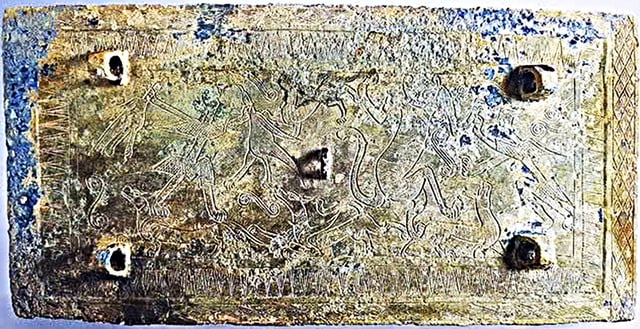
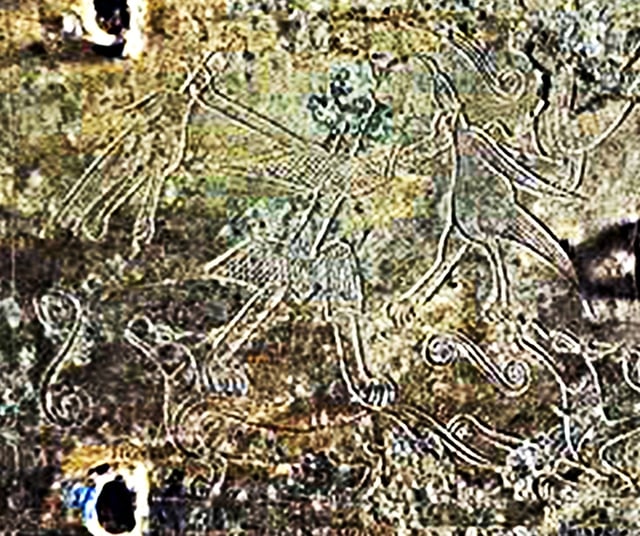
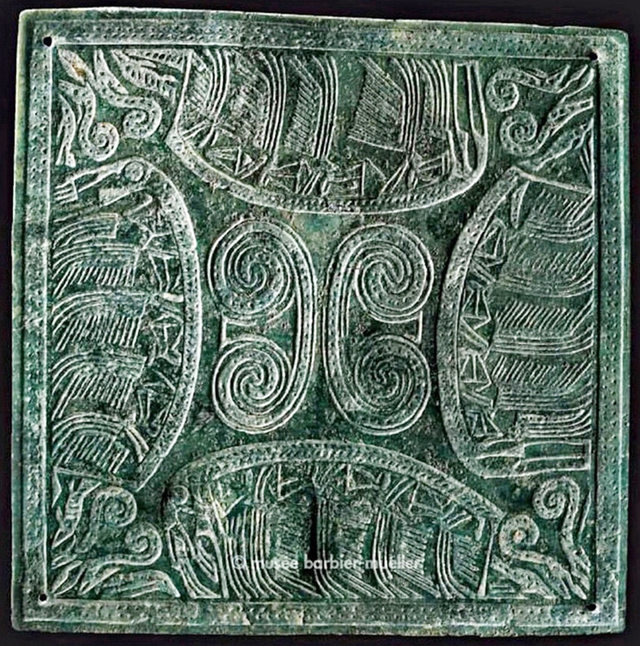

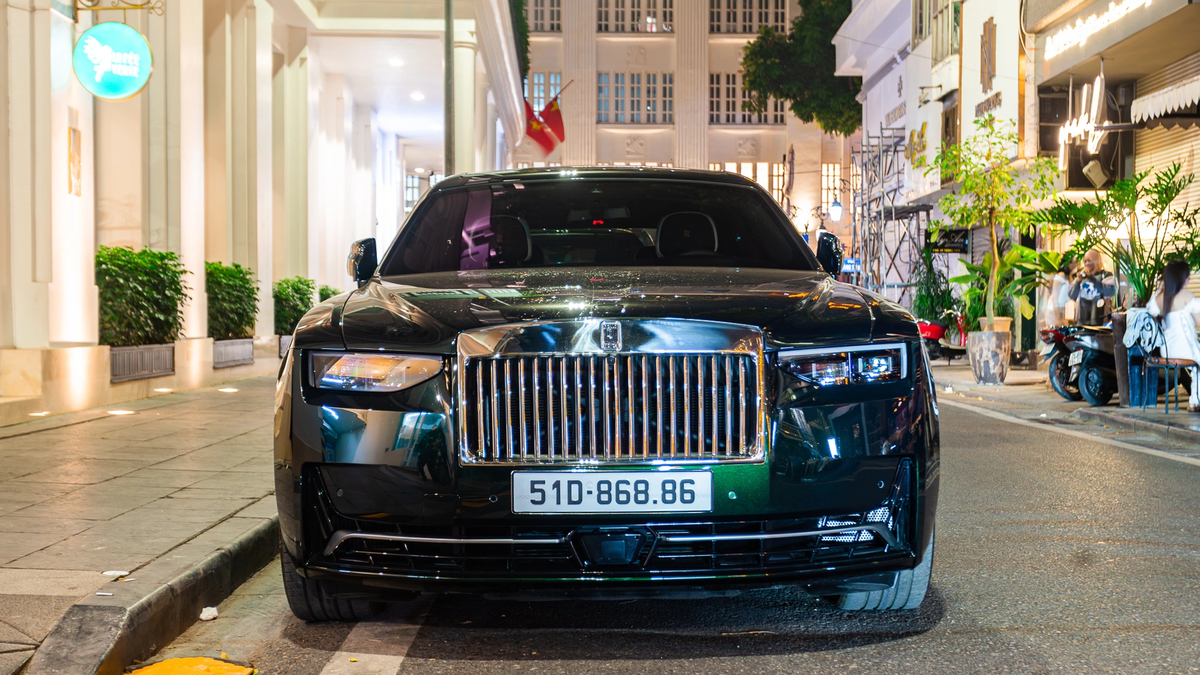


![[Photo] Prime Minister Pham Minh Chinh meets with representatives of outstanding teachers](https://vphoto.vietnam.vn/thumb/1200x675/vietnam/resource/IMAGE/2025/11/15/1763215934276_dsc-0578-jpg.webp)
![[Photo] General Secretary To Lam receives Vice President of Luxshare-ICT Group (China)](https://vphoto.vietnam.vn/thumb/1200x675/vietnam/resource/IMAGE/2025/11/15/1763211137119_a1-bnd-7809-8939-jpg.webp)
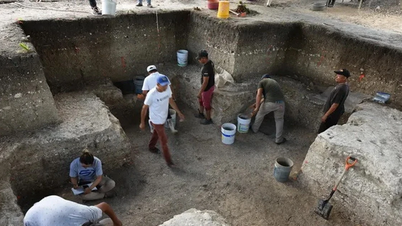

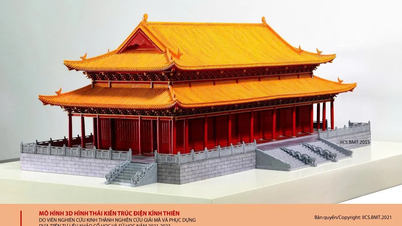

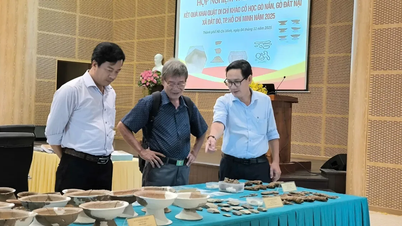
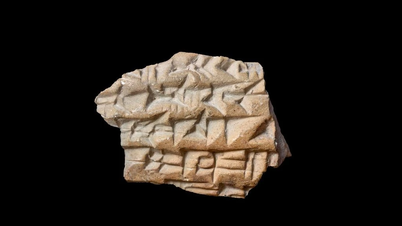


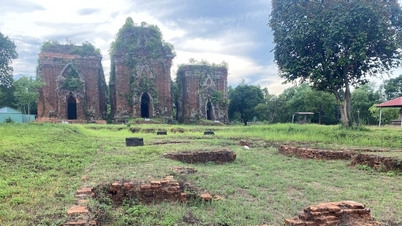




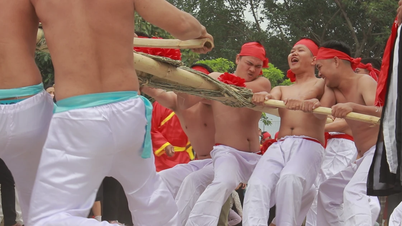
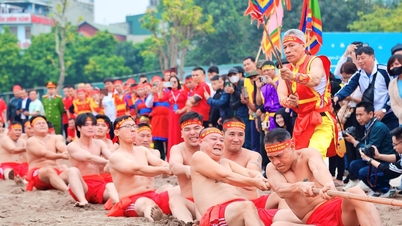

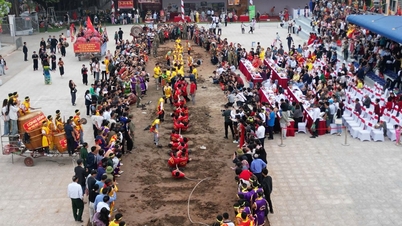









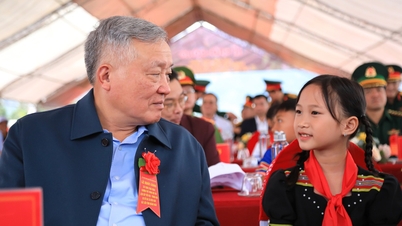
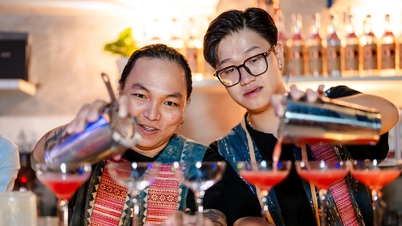


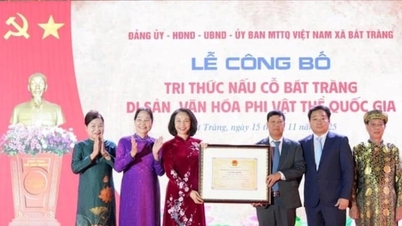


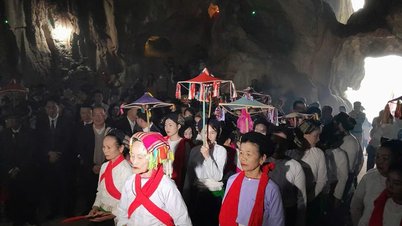

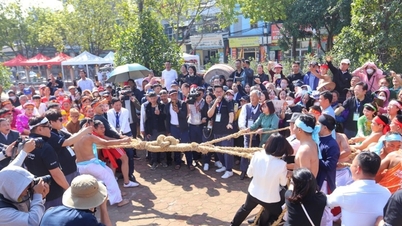
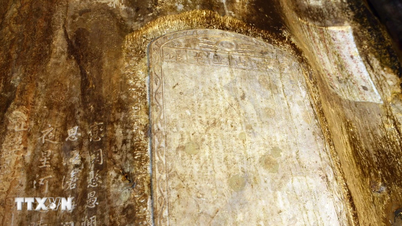
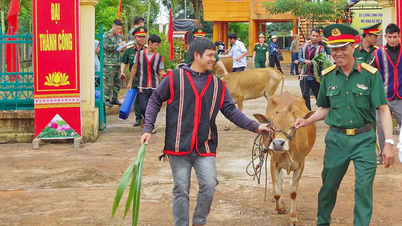

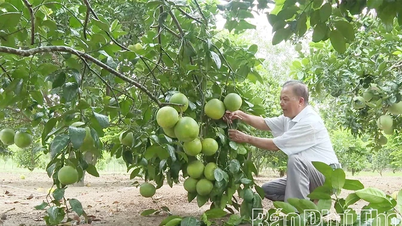


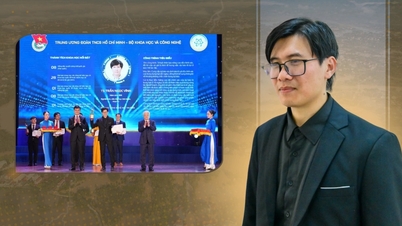


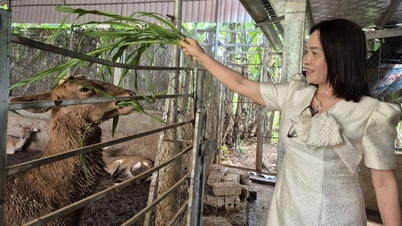





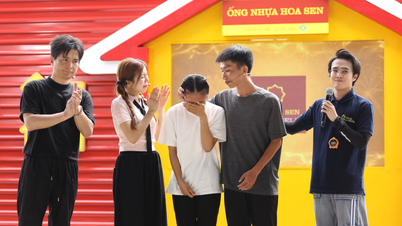









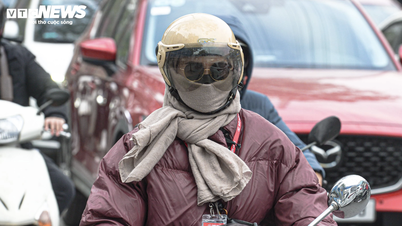

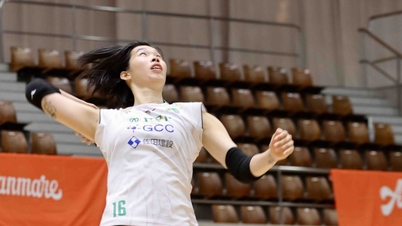





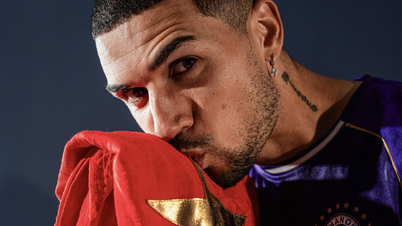
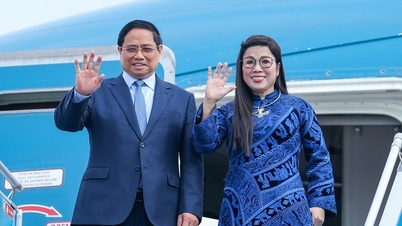











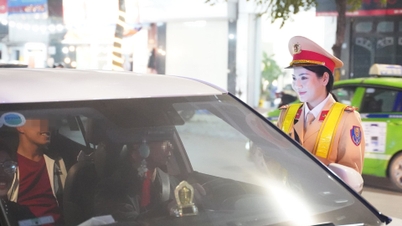

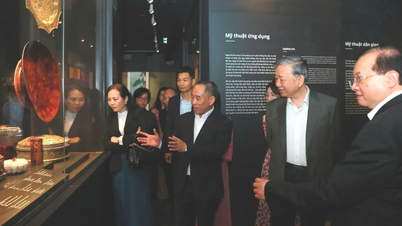
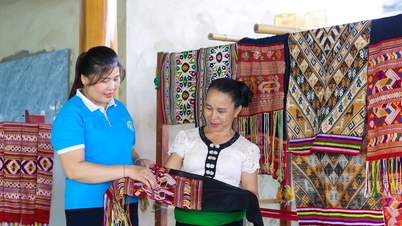















Comment (0)